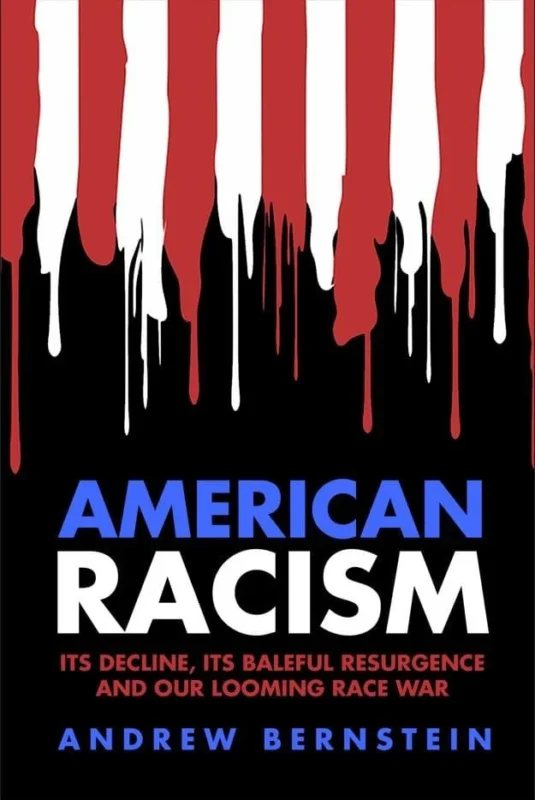Earlier this year, Microsoft Corp. (MSFT), which is roughly tied with General Electric (GE) as the most valuable company measured by market cap in the world, declared the first dividend in its 28-year history. On Sept. 12, it doubled that dividend from 8 cents a year to 16 cents — and I wouldn’t be surprised if the figure went a good deal higher. The dividend checks will amount to less than $2 billion a year, so they won’t make much of a dent either in Microsoft’s mountain of cash and short-term investments — $49 billion at last count — or in its $14 billion in annual cash flow. Even so, it’s unlikely that Microsoft would have taken the unprecedented steps without the big dividend tax cut that became law in May. Before the new law, a top-bracket investor who owned 1,000 shares of Microsoft would have kept only $104 in dividend income after federal taxes; now, such an investor will keep $136, or 31 percent more.
Microsoft isn’t alone. The dividend tax cut spurred, among other increases, hikes of 75 percent by Citigroup (C); 50 percent by Biomet (BMET), the medical-device maker, and Wells Fargo (WFC), the country’s fourth-largest bank; 27 percent by both broker Charles Schwab (SCH) and long-distance provider AT&T (T); and a whopping 167 percent by Kinder Morgan Inc. (KMI), an energy pipeline company. Most dramatically, Waste Management Inc. (WMI) announced last month that it will raise its annual payout from 1 cent a year to 75 cents.
Executives of companies as diverse as Hershey Foods (HSY), Exelon (EXC), Reebok International (RBK), Anheuser-Busch (BUD), and Qualcomm (QCOM) cited the tax change in their decisions to hike dividends. Overall, according to a study by the American Shareholders Association, a group that promotes the public-policy interests of shareholders, such as lower taxes, 52 percent more members of the Standard & Poor’s 500-stock index have raised or initiated dividends so far in 2003 than did in 2002.
So, at first it might appear that the dividend tax cut, from a top rate of 38.6 percent last year to 15 percent, has helped push the stock market higher — by encouraging companies to start or increase their payouts, by allowing investors to pocket more of the proceeds and by increasing the transparency of a company’s profits, thus lowering the investor’s risk. When Harrah’s Entertainment (HET), the casino company, announced its first-ever quarterly payout (of 30 cents) recently, its stock immediately shot up 9 percent.
Still, what’s remarkable about the response to the dividend tax cut is not how much dividend-paying stocks have risen but how little.
After all, most of the high-tech companies that dominate the Nasdaq Composite Index continue to pay little or nothing in dividends — a yield of three-tenths of a percentage point for Intel (INTC), for example, and zero for such highfliers as eBay (EBAY), whose share price has nearly doubled in the last year, and Yahoo (YHOO), which has more than tripled. The Nasdaq itself is up about 40 percent this year, including dividends, compared with just 15 percent for the Dow Jones Industrial Average, whose 30 stocks yield far more.
There’s no way to know for sure, but it’s far more reasonable to conclude that the main impetus for rising stock prices has been the improving economy, with the cut in the capital-gains rate, from 20 percent to 15 percent, a close second.
My guess is that the dividend-cut will have a profound effect on the way companies deploy their capital and disperse their profits — and on the way investors allocate their money. But that change won’t come overnight. The slow adaptation to the new realities of dividends — like the slow warming of investors to that wonderful innovation of 1997, the inflation-indexed Treasury bond — provides a golden opportunity. If you haven’t already begun, you should start moving more of your assets into stocks that pay decent dividends. There’s no need to panic, but there’s a strong need to adopt a sort of “dividend consciousness” whenever you think about buying stocks.
Here are three recommendations for a sound dividend strategy:









